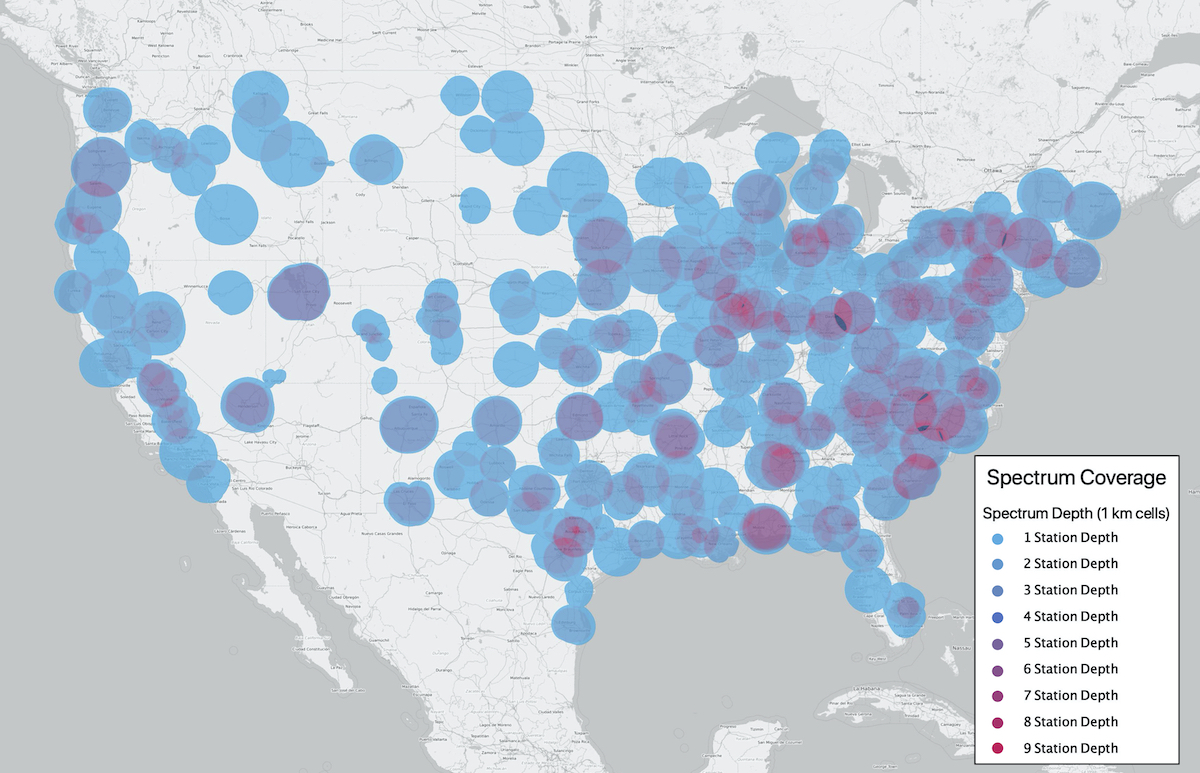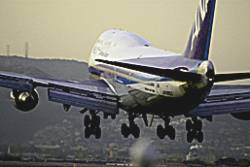In a demonstration of new services that NextGen TV can offer, BitPath, CAST.ERA and ONE Media publicly trialed “Enhanced GPS” broadcasts that could provide a tool for autonomous vehicle navigation and other applications.
The demo broadcast of “Enhanced GPS” (eGPS) data using ATSC 3.0, a next-generation digital broadcast standard, showed it could deliver positional accuracy within a few centimeters, according to the companies.
Additionally, a drone incorporating eGPS and a 5G radio was used to show the potential of “Beyond Visual Line of Sight” observation and live imagery with near real-time broadcast of gathered live images, paving the way for multiple new use cases including news and first responder applications.
Using the high-power data transmission capacity of terrestrial broadcast stations, the reliability of eGPS positioning can be broadcast to an unlimited number of vehicles inside of the range of a licensed broadcast television station, overcoming many encumbrances. Enhanced GPS accuracy using NextGen Broadcast from multiple broadcast towers can improve real-time positioning for the millions of unmanned, autonomous vehicles of the future that are ground or aerial based because of broadcasting’s higher power and one-to-infinite architecture.
ATSC 3.0 comprises around 20 standards covering different aspects of the system and in total will have over 1,000 pages of documentation. The standards are designed to offer support for newer technologies, including High Efficiency Video Coding (HEVC) for video channels of up to 2160p 4K resolution at 120 frames per second, wide color gamut, high dynamic range, Dolby AC-4 and MPEG-H 3D Audio, datacasting capabilities, and more robust mobile television support. The capabilities have also been foreseen as a way to enable finer public alerting and targeted advertising.
The first major deployments of ATSC 3.0 occurred in South Korea, with the country’s major television networks launching terrestrial ATSC 3.0 services in May 2017 in preparation for the 2018 Winter Olympics. In November 2017, the United States’ Federal Communications Commission approved regulations allowing broadcast stations to voluntarily offer ATSC 3.0 services.

Testing of eGPS and aerial observation capabilities was orchestrated by CAST.ERA, the joint venture between Sinclair and SK Telecom from South Korea, in conjunction with Doosan and South Korean broadcaster, MBC. Using advanced drone technology combined with the NextGen Broadcast-enabled eGPS, the demonstration permitted supervised autonomous drone takeoff, flights and landing at extraordinarily precise locations. The provision of end-to-end live video also brought clarity to the unlimited observers within broadcast coverage areas.
Commenting on the proof of concept, John Hane, President of BitPath noted, “Today’s demonstration shows one of many high-value, low-bandwidth applications for broadcast data. Location services are more important to the economy every day. Applications extend from all transportation sectors to energy distribution, smart cities, public safety, and cyber security.”
Kevin Gage, CAST.ERA’s Chief Operating Officer, noted, “We are excited to demonstrate the innovation from our 2020 JeJu Island project here in the U.S. Data services, cloud management of ATSC 3.0 services and ultra-low latency media encoding are just a few of the new technologies we plan to release this year. The eGPS project highlights each of these technologies over a hybrid ATSC 3.0-5G delivery network.”





